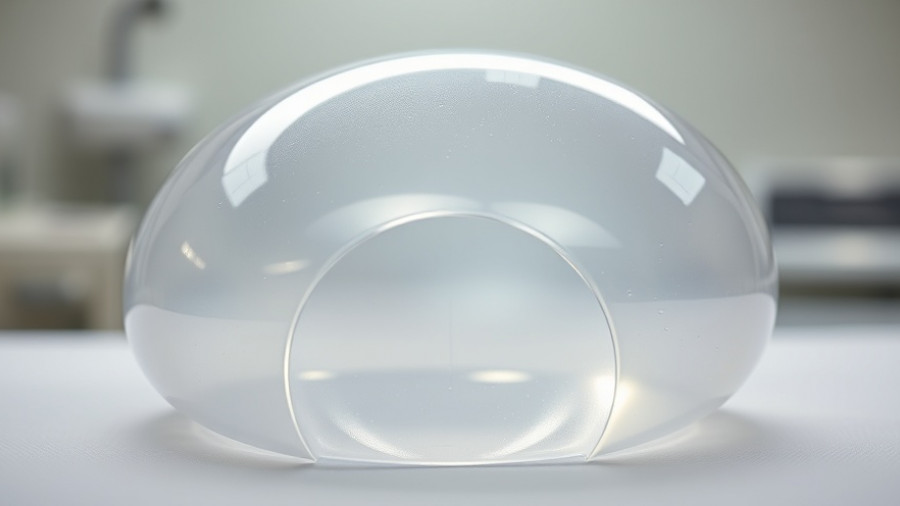
Understanding the Real Role of Liposuction in Body Contouring
Liposuction is a well-known cosmetic procedure, frequently highlighted in media for its apparent ability to reshape bodies quickly. However, it’s essential to recognize that liposuction is not a weight-loss method but a sophisticated technique to refine body contours. This understanding can significantly impact patient expectations and satisfaction.
What Liposuction Really Achieves
In the realm of cosmetic surgery, liposuction stands out due to its effectiveness in treating stubborn fat pockets. Performed by experienced, board-certified plastic surgeons, the procedure targets localized areas resistant to diet and exercise, such as the flanks, thighs, arms, cheeks, and abdomen. Its aim is not merely to reduce weight but to enhance the overall silhouette.
Liposuction is particularly beneficial when combined with other surgical procedures. For example, it can dramatically improve results from tummy tucks or body lifts, making these surgeries even more effective. The precise sculpting offered by liposuction ensures that post-surgical contours highlight natural curves or muscle definition, tailoring an individual’s body to their aesthetic desires.
The Limitations of Liposuction
Despite its advantages, it’s crucial for potential patients to have realistic expectations about what liposuction can achieve. A common misconception is that liposuction leads to significant weight loss or a dramatic change in appearance. In reality, it’s important to understand the limitations of this procedure:
- Liposuction does not replace the necessity of a healthy diet and regular exercise. It is merely a tool to enhance the results of a fitness regime, not a substitute for it.
- It cannot address issues related to obesity. Patients with a high body mass index (BMI) are often better served by other methods of weight management or different surgical options.
- For individuals struggling with loose or sagging skin, liposuction may not even be appropriate. Procedures like tummy tucks are far better suited for correcting such concerns.
Understanding these limitations allows patients to set realistic goals and explore the best options for their individual needs.
When to Consider Liposuction
Liposuction should be seen as a complement to overall body aesthetics rather than a standalone solution. Ideal candidates are those who are near their target weight but may have specific areas they wish to refine. This is why consultation with a qualified surgeon is crucial. During a consultation, patients can discuss their goals, concerns, and receive tailored advice on whether liposuction is suitable for them.
Additionally, combining liposuction with other surgical interventions can lead to significantly improved outcomes. For example, if a patient aims for a flatter stomach, pairing liposuction with a tummy tuck can yield a more transformed and satisfying result.
Long-Term Maintenance Post-Liposuction
Another essential aspect to consider is maintenance. After undergoing liposuction, it’s crucial for patients to adopt healthy lifestyle choices to maintain their results. Regular physical activity and a balanced diet become even more vital in avoiding the return of stubborn fat in treated and untreated areas alike. Engaging in a fitness routine post-surgery not only aids in maintaining results but also uplifts overall body confidence.
Liposuction can be a valuable tool in achieving your desired body contours, but it’s a complement to a healthy lifestyle and not a replacement for it. The key takeaway is to understand it as part of a wider strategy for body confidence and image.
Conclusion and Next Steps
If you’re considering body contouring, understanding the role of liposuction in this process is essential. This procedure offers refined results for targeted areas, contributing to an overall attractive body silhouette. To navigate this journey correctly, consult with a trusted cosmetic surgeon who can guide you based on your needs and expectations.
 Add Row
Add Row  Add
Add 




Write A Comment